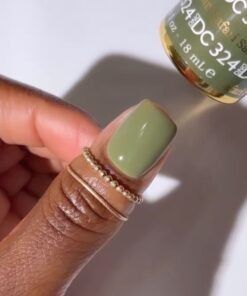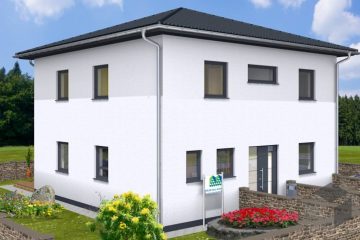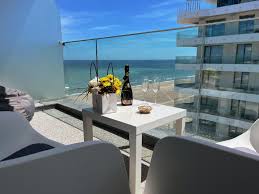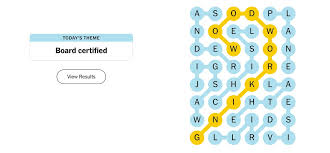The Importance of Forest Green in Modern Design

Introduction
Forest green, a deep and rich shade reminiscent of nature, has seen a resurgence in popularity across various design fields including fashion, interior design, and branding. With increasing awareness of environmental issues and a collective desire for sustainability, colours inspired by nature are becoming more appealing to consumers and designers alike. This article explores the current trends and significance of forest green, illustrating its relevance in today’s aesthetic landscape.
Current Trends in Forest Green
In 2023, forest green has established itself as a dominant colour in several design areas. Interior designers are increasingly incorporating this hue into home decor, ranging from walls and furniture to accents in textiles. According to a survey by the Pantone Color Institute, this colour, alongside muted earth tones, has been noted for its calming effect and ability to create a serene atmosphere within living spaces.
In the fashion industry, many designers showcased forest green in their Spring/Summer collections, signalling a shift towards natural tones that resonate with eco-conscious consumers. Notable fashion brands like Stella McCartney and Reformation have led the charge by incorporating sustainable and ethically sourced materials in shades of forest green, further strengthening the association of the colour with a sustainable lifestyle.
Forest Green in Branding
Beyond fashion and interior design, forest green has made its mark in branding. Companies aiming to convey a sense of reliability, stability, and a connection to nature are opting for this colour in their logos and marketing materials. Prominent brands such as John Deere and Whole Foods utilise shades of green to evoke feelings of quality and sustainability, appealing to a modern demographic that prioritises ethical consumption.
The Psychological Impact of Forest Green
Psychologically, the colour forest green is associated with balance, harmony, and growth, making it an ideal choice for various applications. Research indicates that exposure to green spaces can reduce stress and promote overall wellbeing. For businesses and individuals alike, adopting forest green can help create environments that inspire tranquillity and peace.
Conclusion
The trend of forest green is not merely a fleeting fashion but rather a reflection of a broader societal shift towards sustainability and appreciation of nature. As environmental issues take centre stage in global discourse, the colour forest green will likely continue to flourish in design, marketing, and daily life. Consumers seeking to align their choices with their values are expected to embrace this colour further, reinvigorating our surroundings with nature-inspired aesthetics and promoting a healthier lifestyle. Whether it’s in fashion, architecture, or branding, forest green is poised to remain significant in shaping our design choices and societal values.









